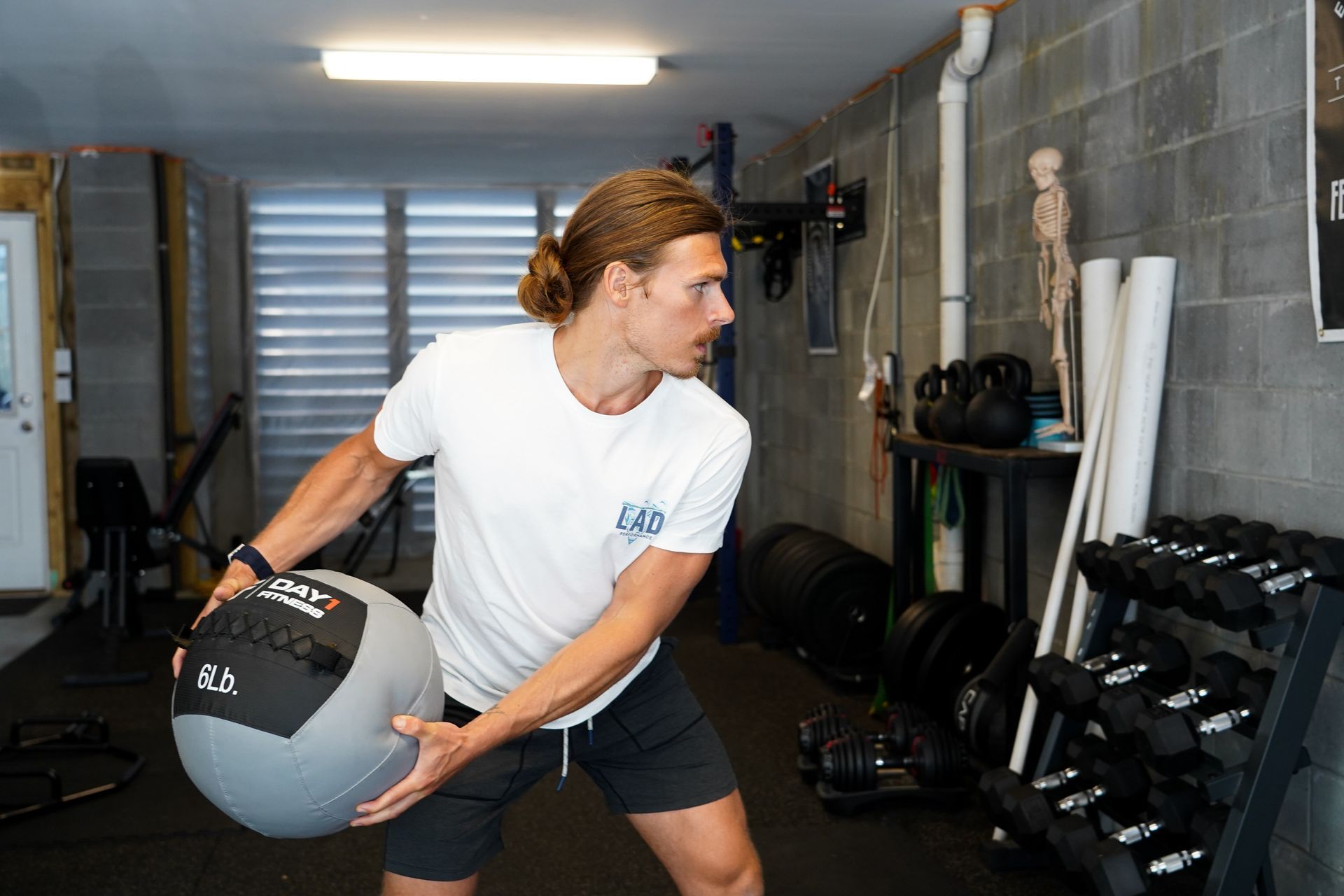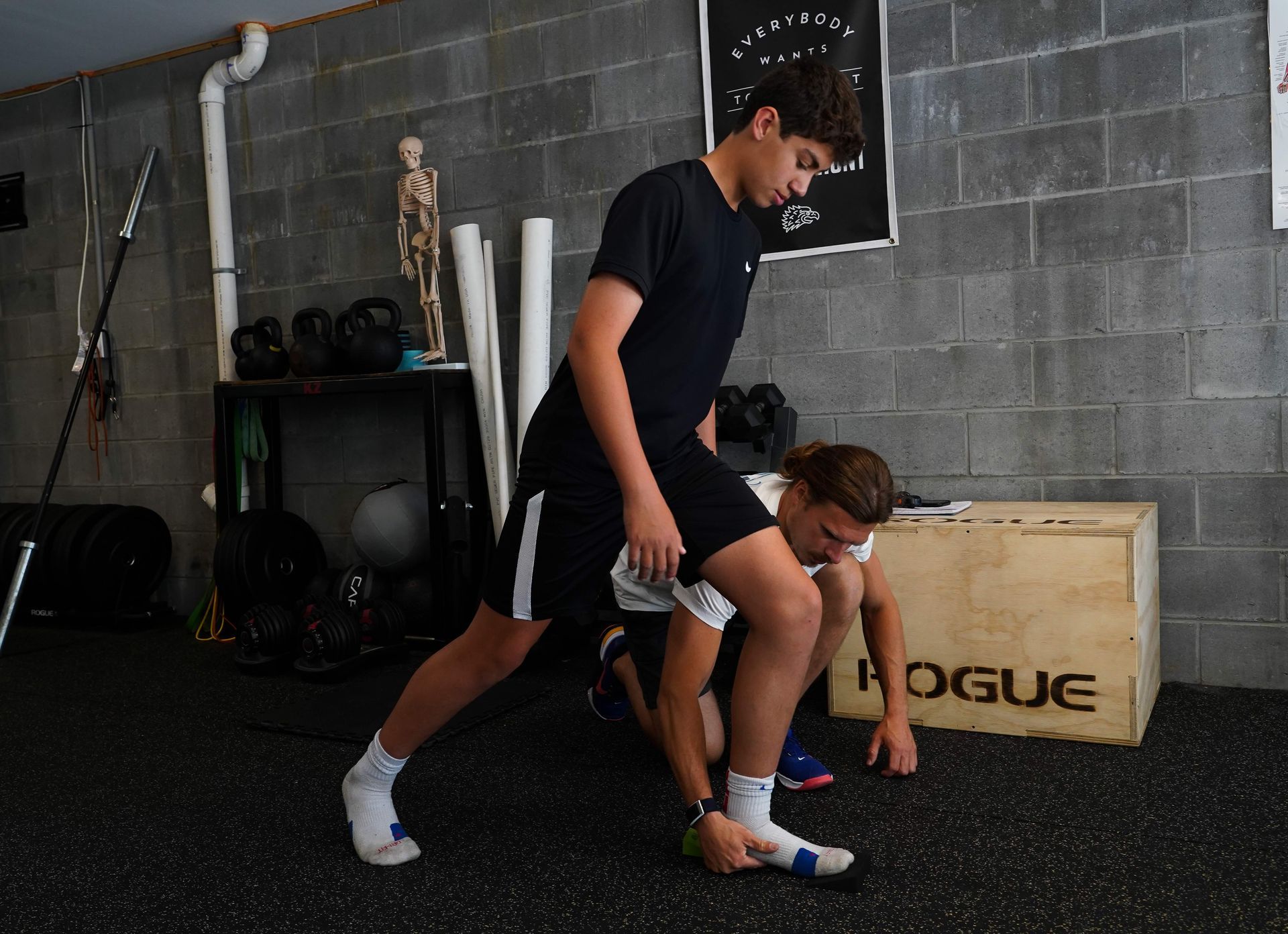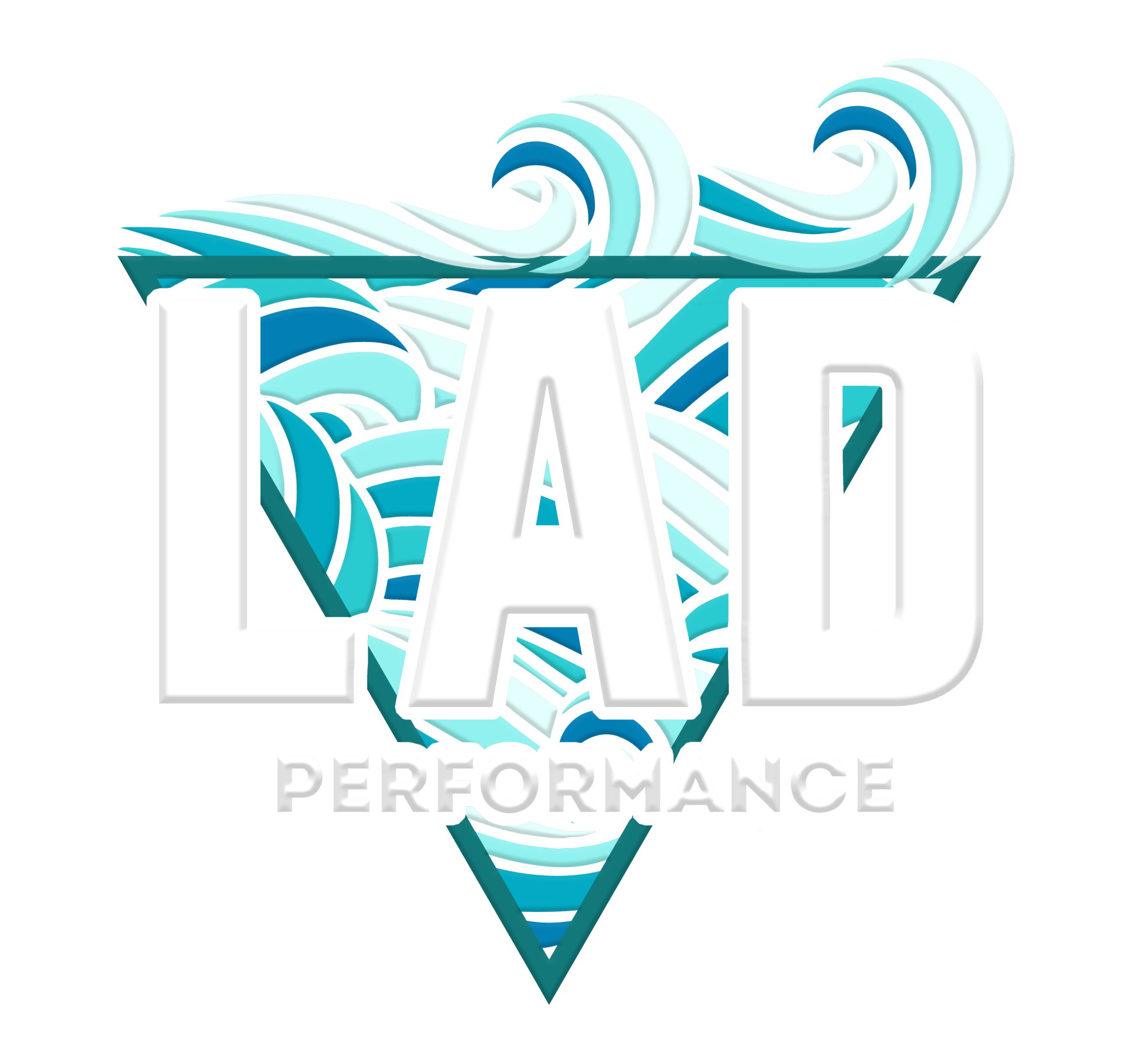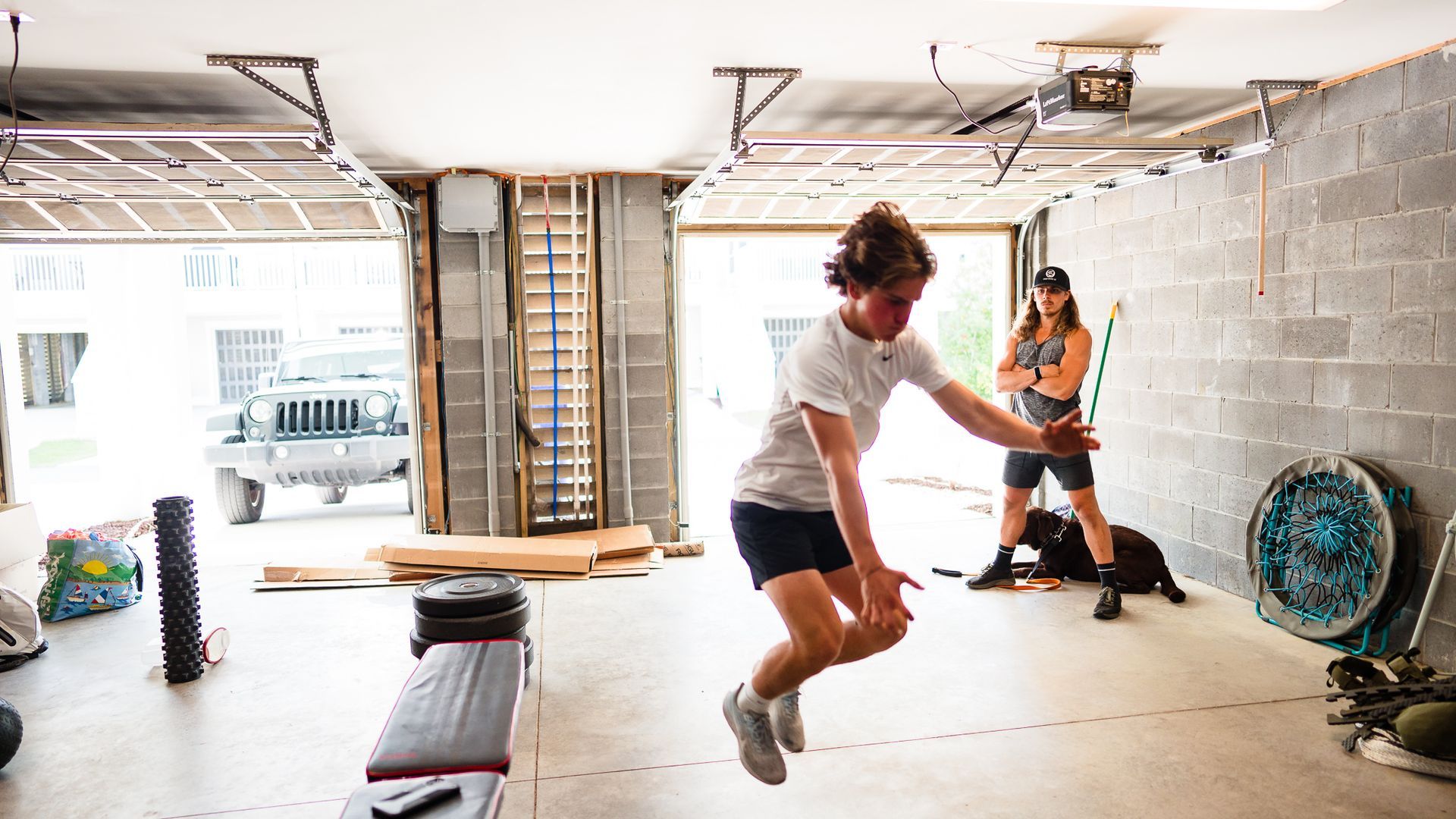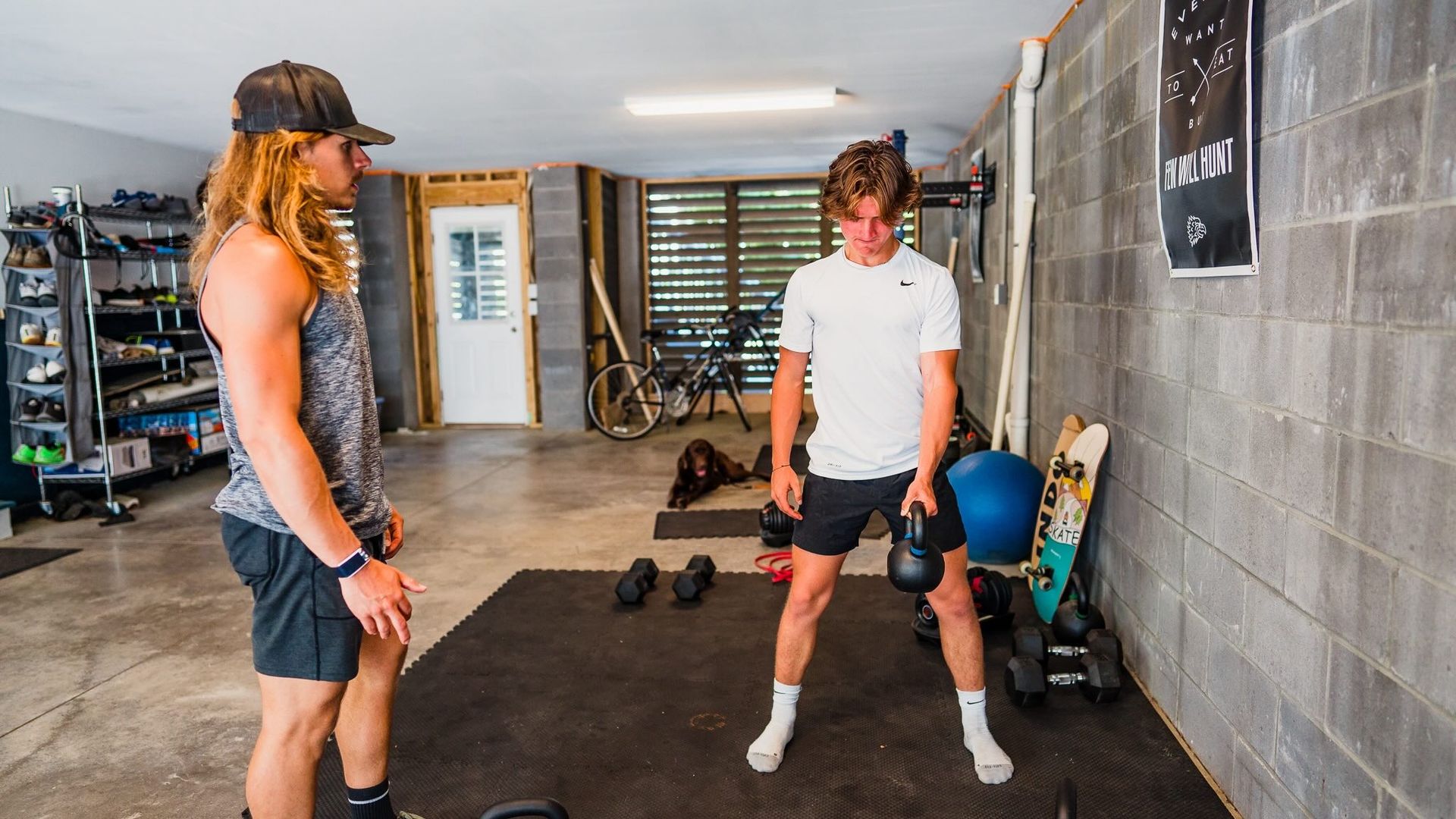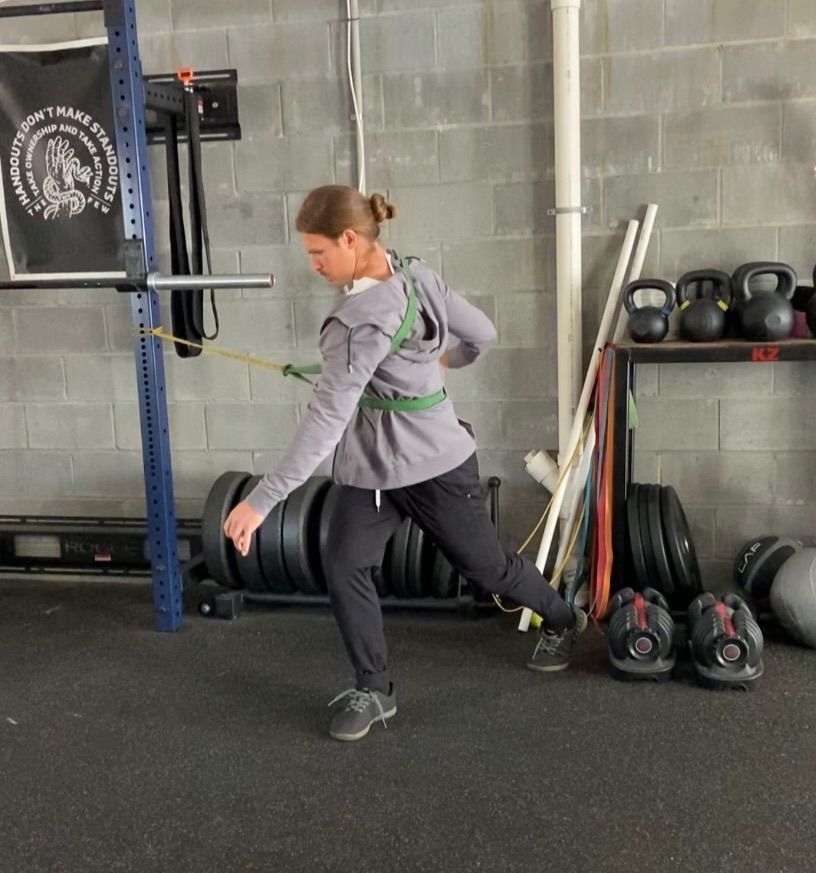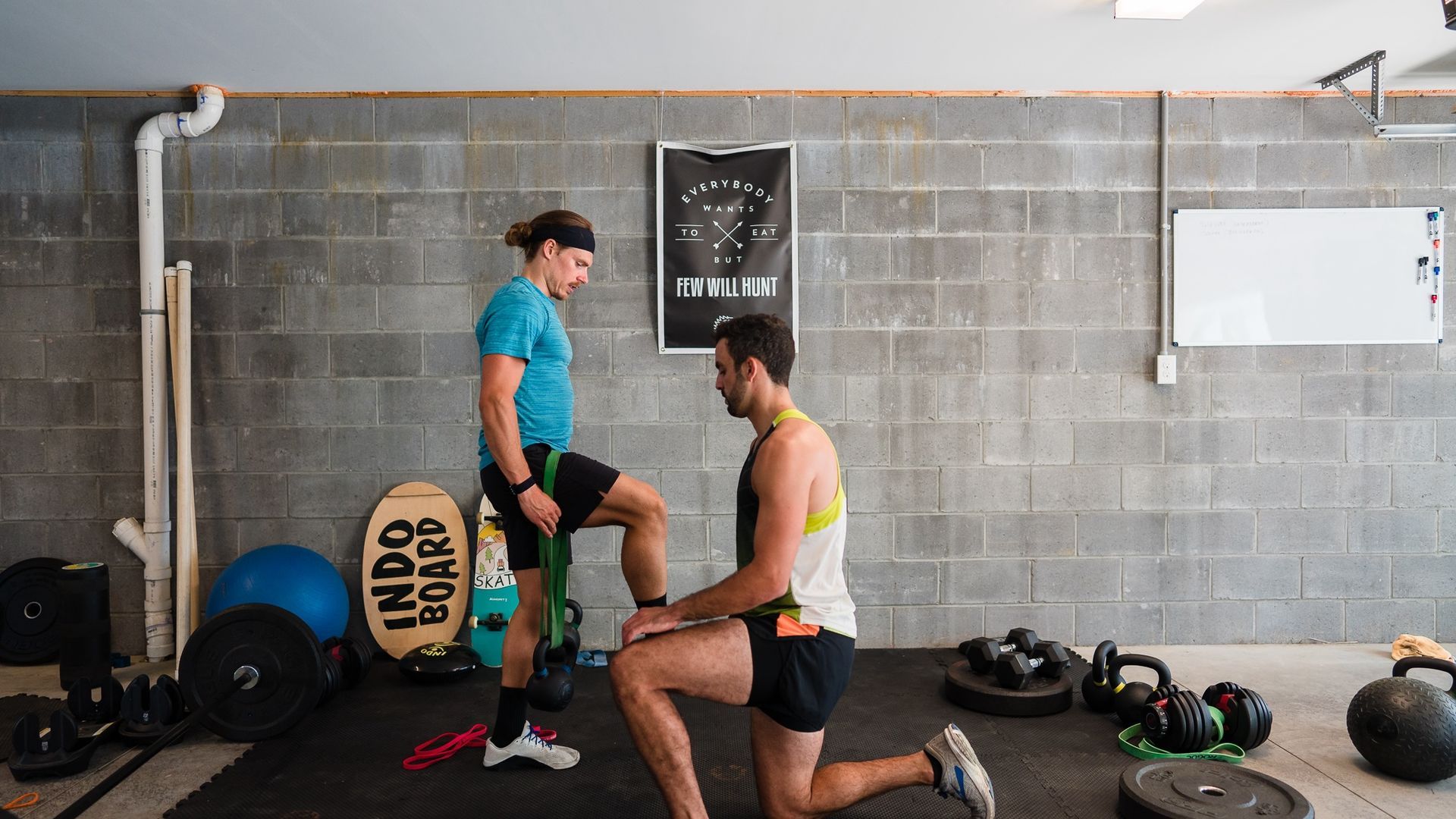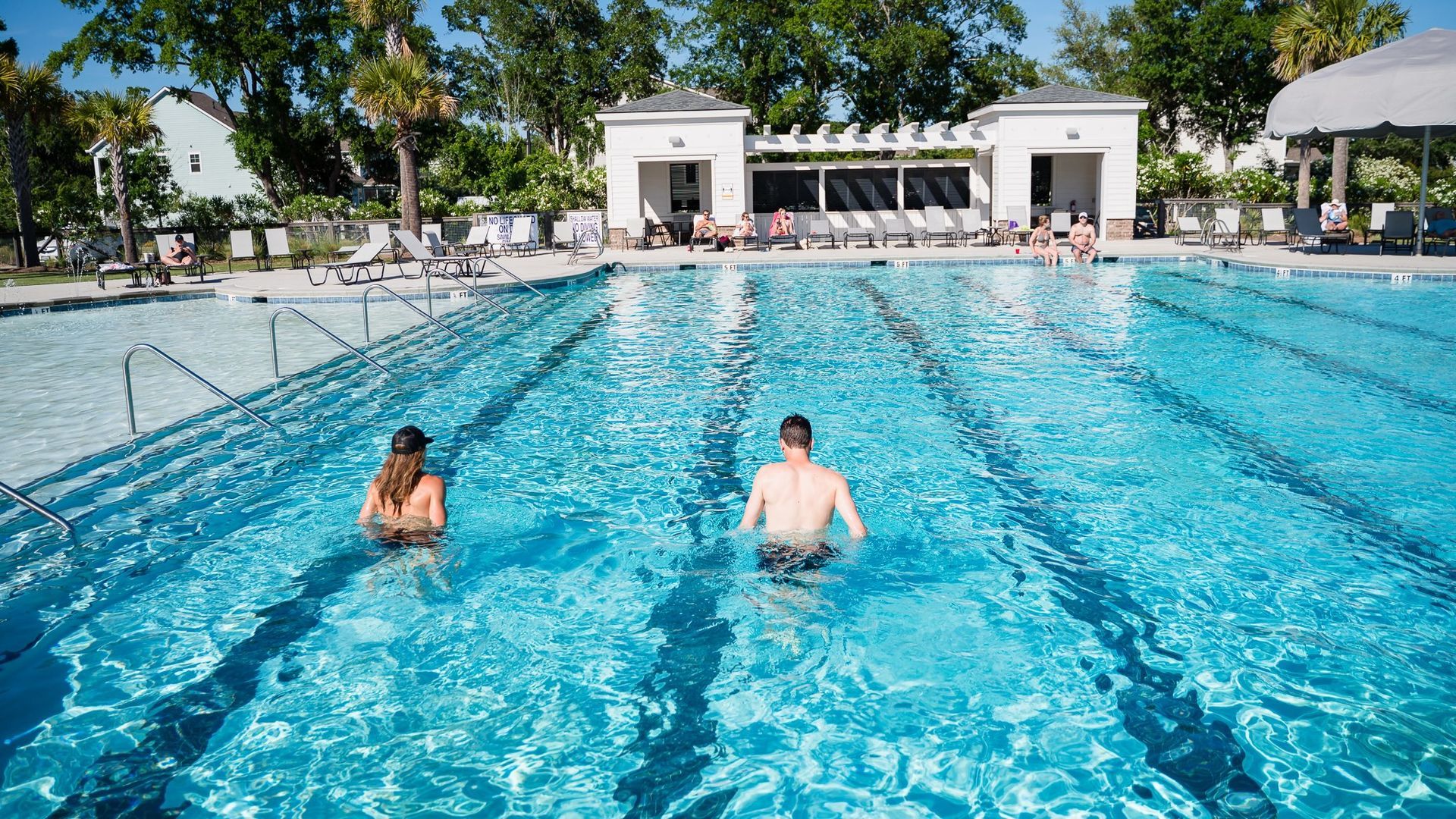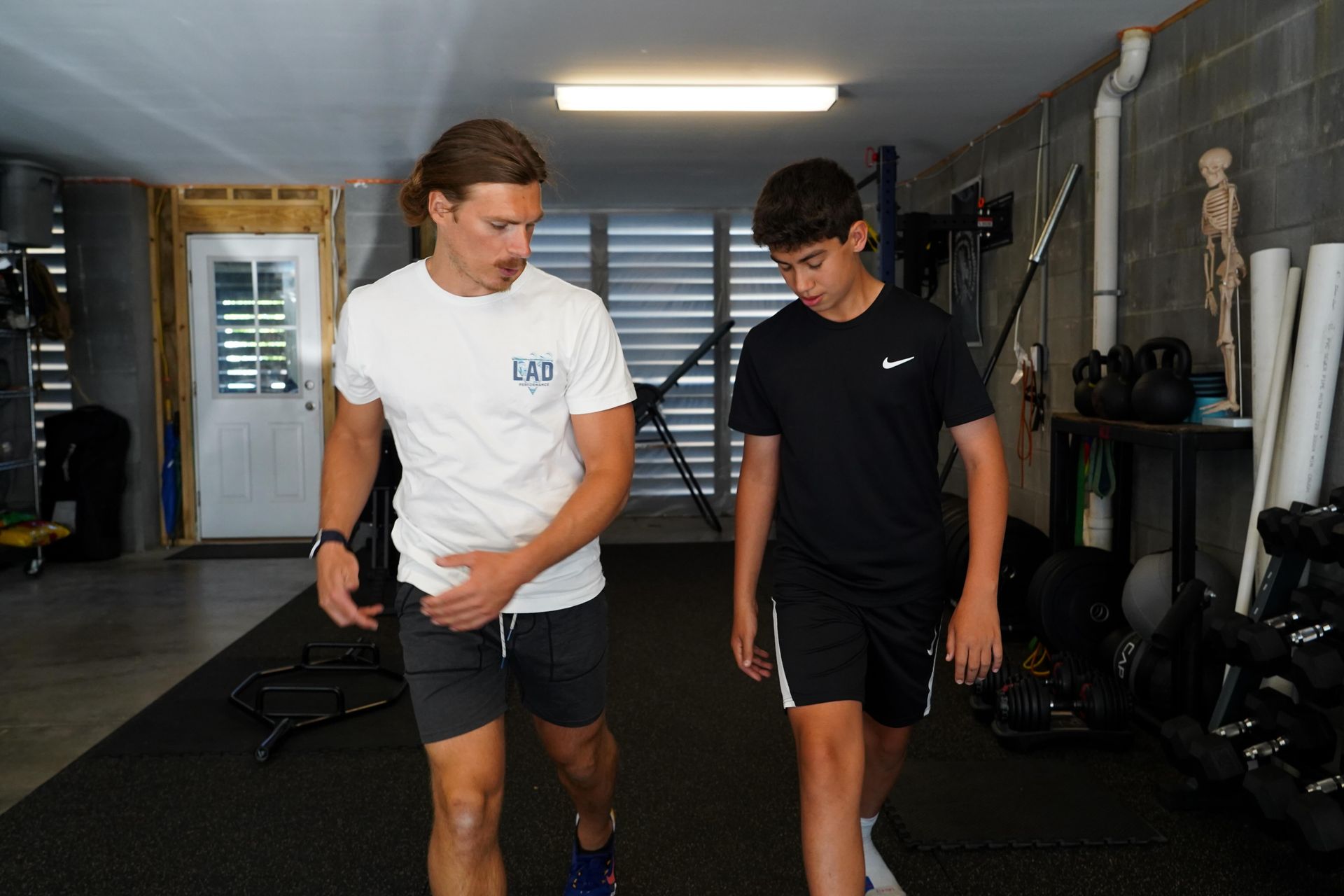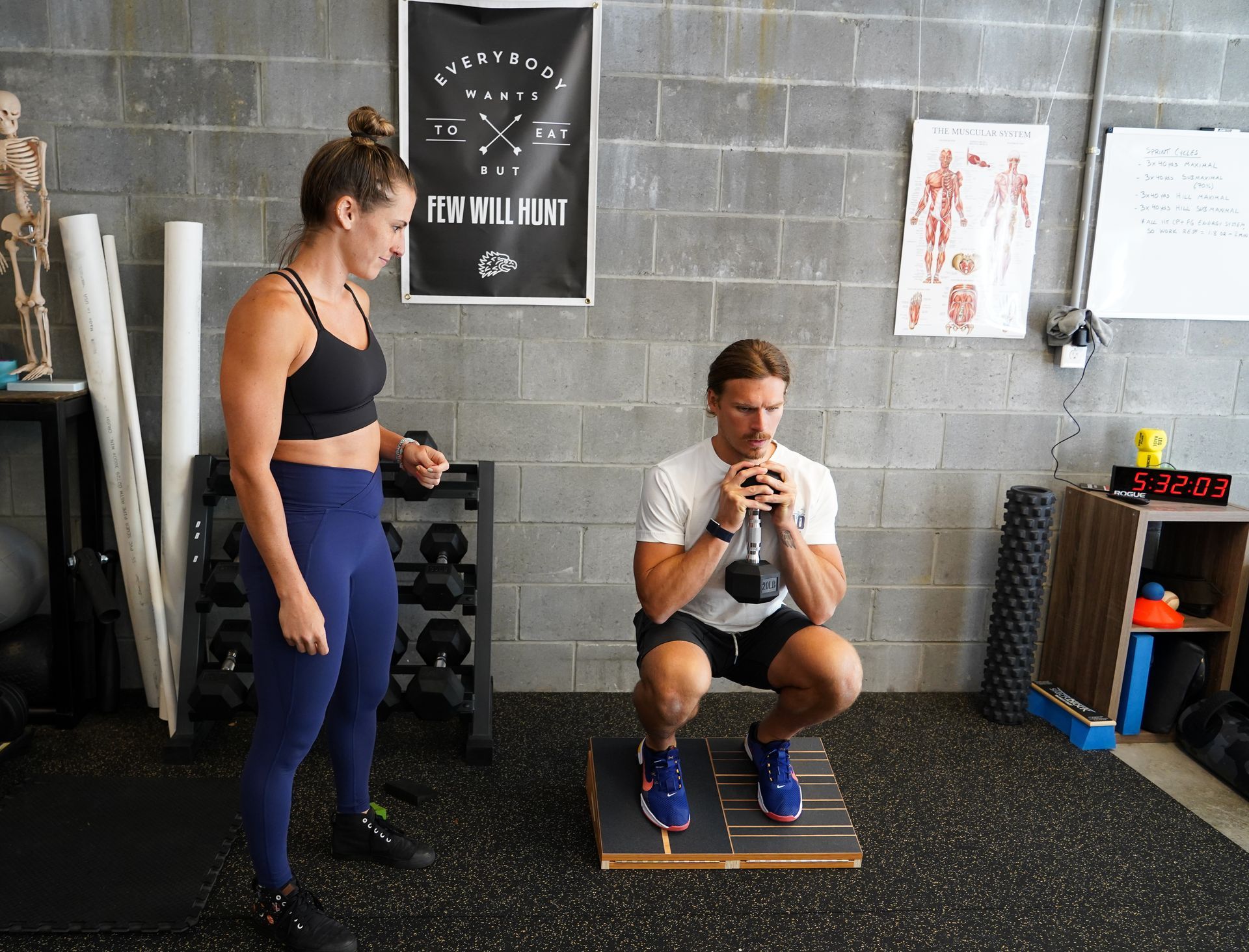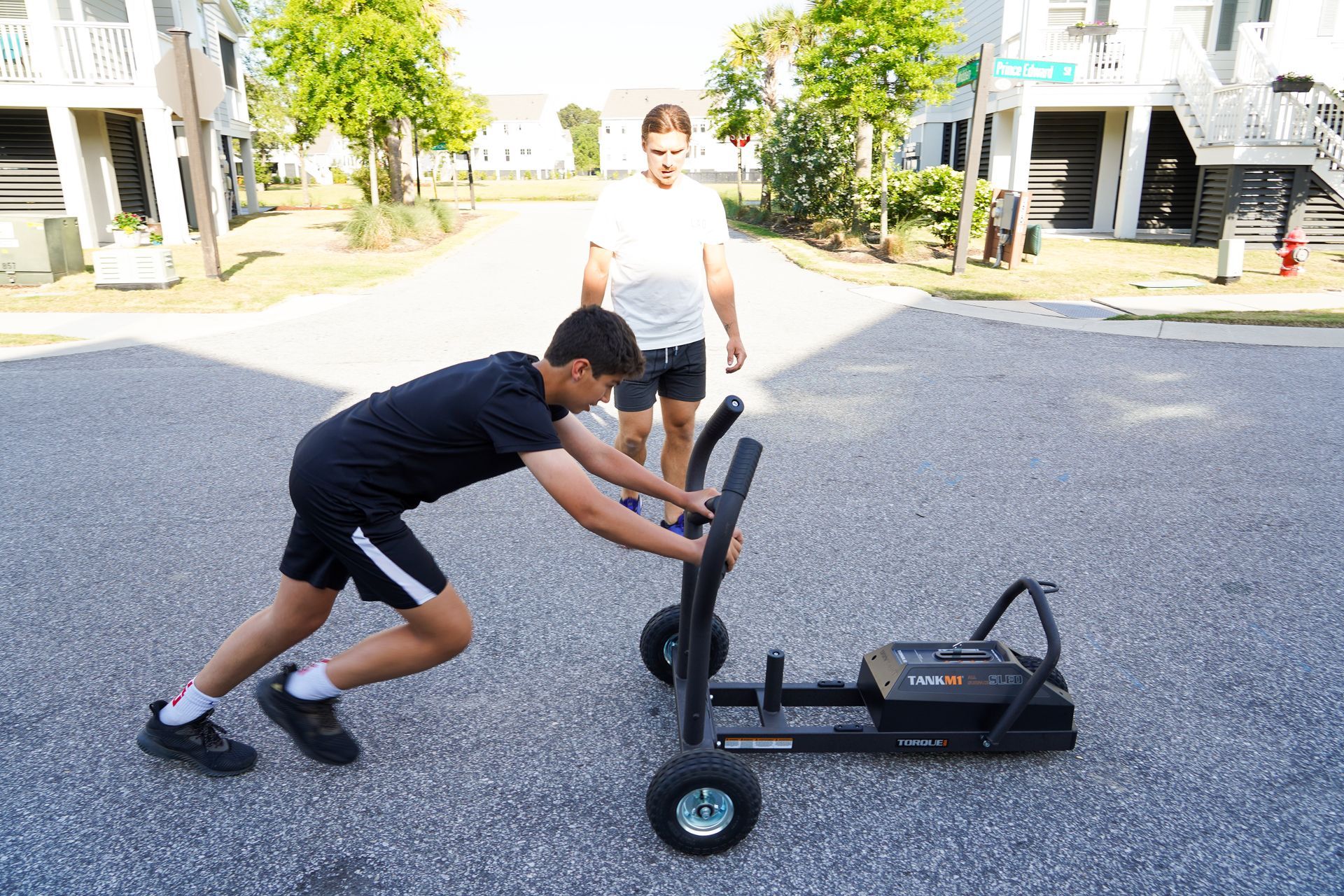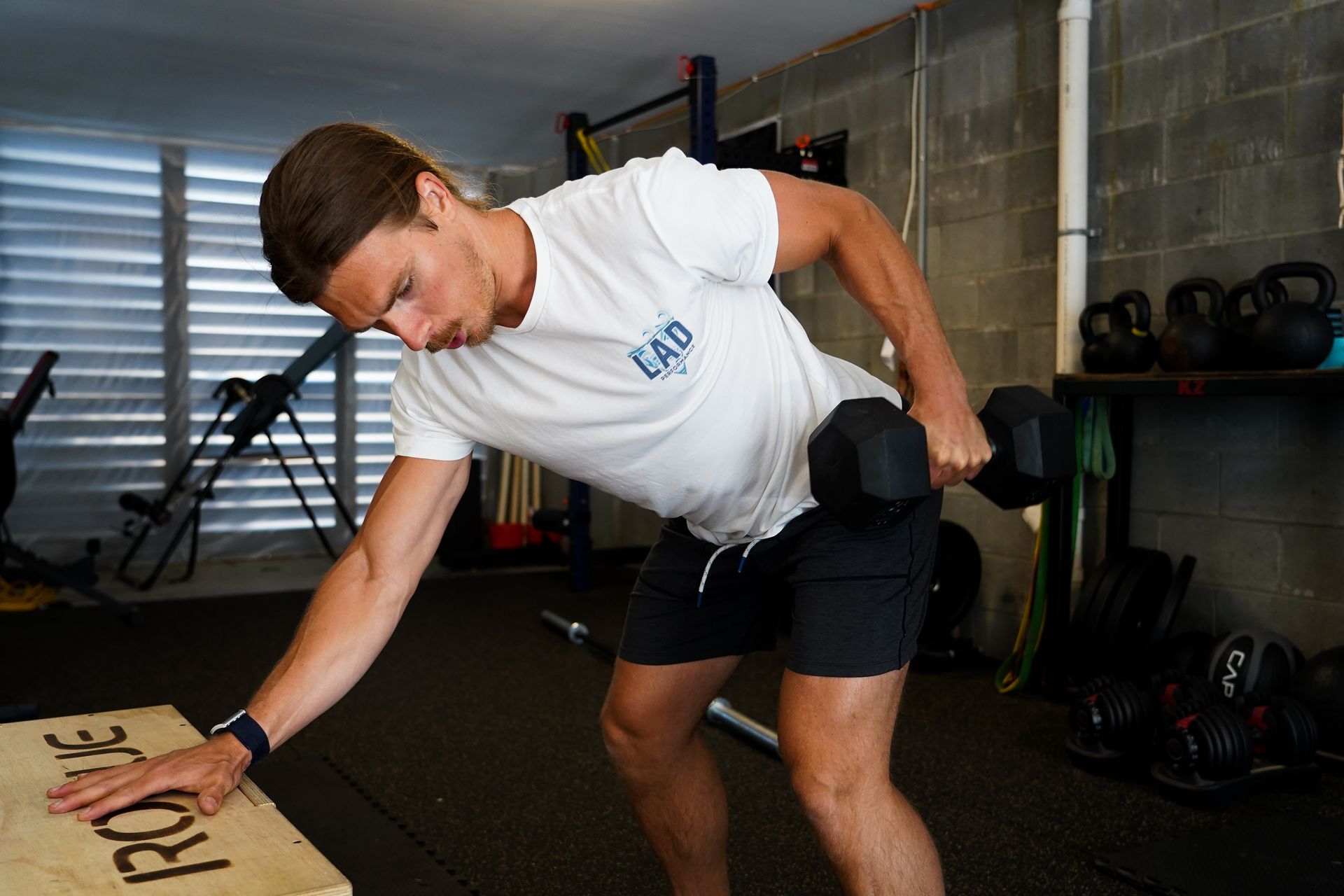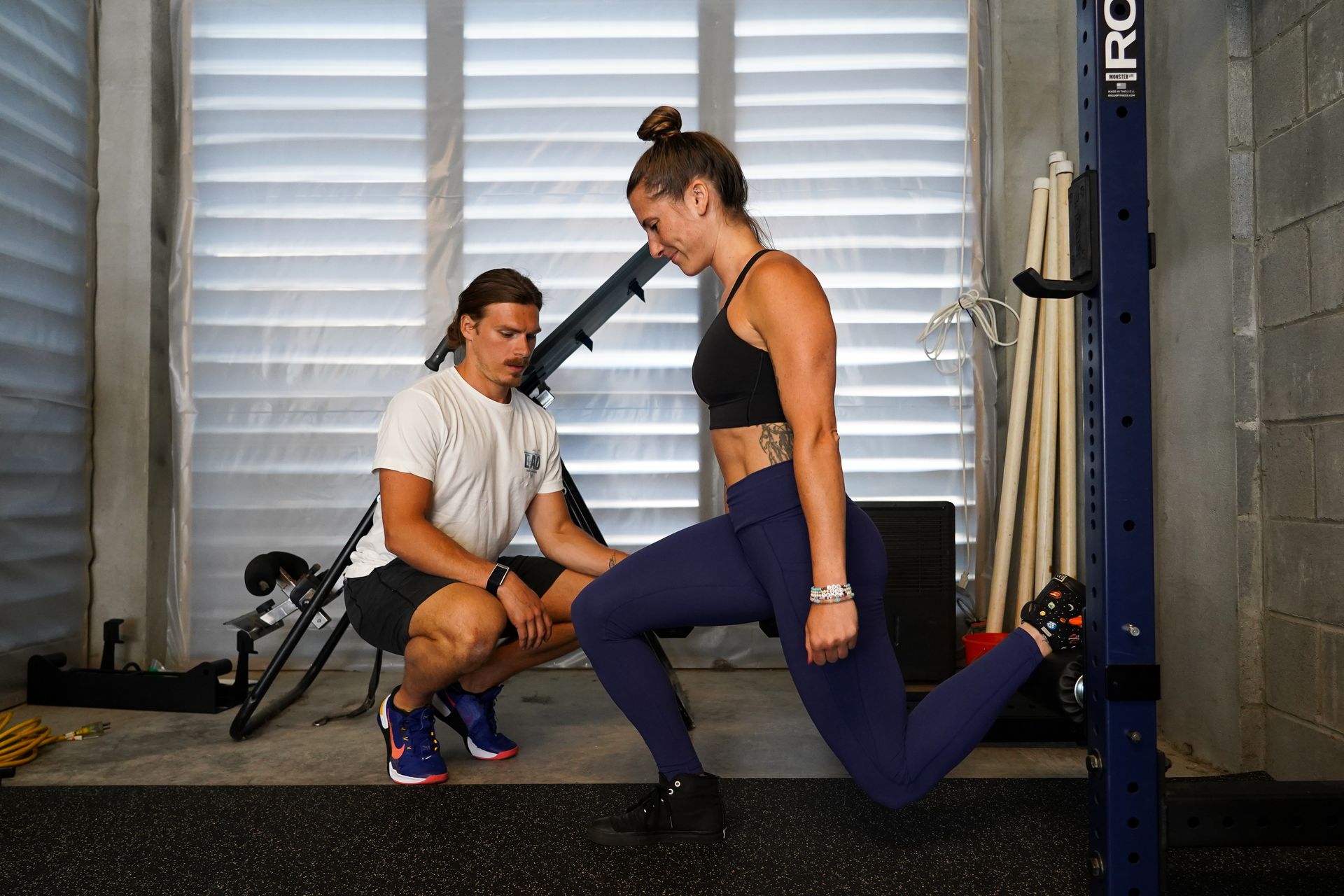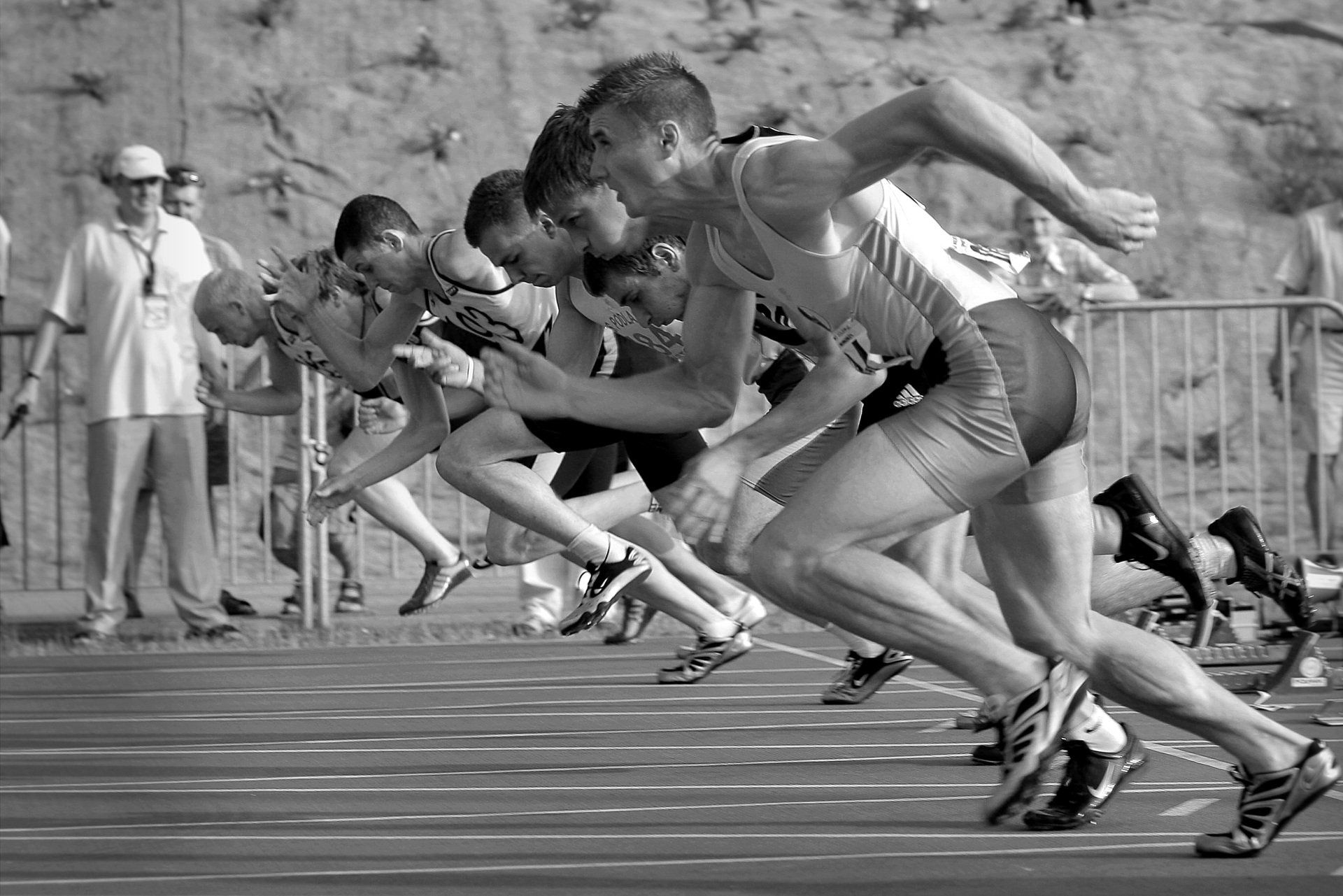What I Learned from Achilles Tendinitis
5 Things I learned from dealing with chronic Achilles Tendinitis
Have you struggled with tendon pain? Does it always seem to come back no matter how many rest days or calf raises you do? If you are like me this has been a very frustrating problem to deal with. I’m going to give you 5 lasting takeaways from dealing with tendonitis. I hope this will help you or someone that you know get to the other side of pain. I know how debilitating it can be especially if you are a very active person like myself.
Please 📁 this because if you understand it and implement it will help you greatly.
First, the prolonged RICE protocol is very flawed - it’s terrible. If you are working with someone who is telling you to do this over a period of weeks please go somewhere else. I seriously mean that. There is truly no science behind it. Rest. Ice. Compression. Elevation. I know you’ve heard of it. You receive this from the Doctor whenever you get injured. I can tell you for the Achilles tendon or other tendinopathy this is not the protocol to use especially if you are playing a sport. Now let me stop and say this.. I am not referring to going back to what you were doing prior to injury. That does not constitute the “loading” I am referring to. There are very proven to work ways to load - we will talk about shortly.
For now, understand this simply point… when you un-load the achilles for periods of time you make the tendon worse. Tendons need load to recover, to improve. If you want to dive into science go check out Dr Keith Barr’s work. He’s been on quite a few podcasts over the years, you can’t miss him. He talks a ton about this.
Whenever I would return to playing basketball I would always get a flare up in the Achilles after weeks of “resting.” It became deconditioned, I would get extremely frustrated and wondered who I needed to see to get it “looked at”. Here’s what I know now - I needed more mechanical load. This mechanical load produces collagen and thus strengthens the tissue.
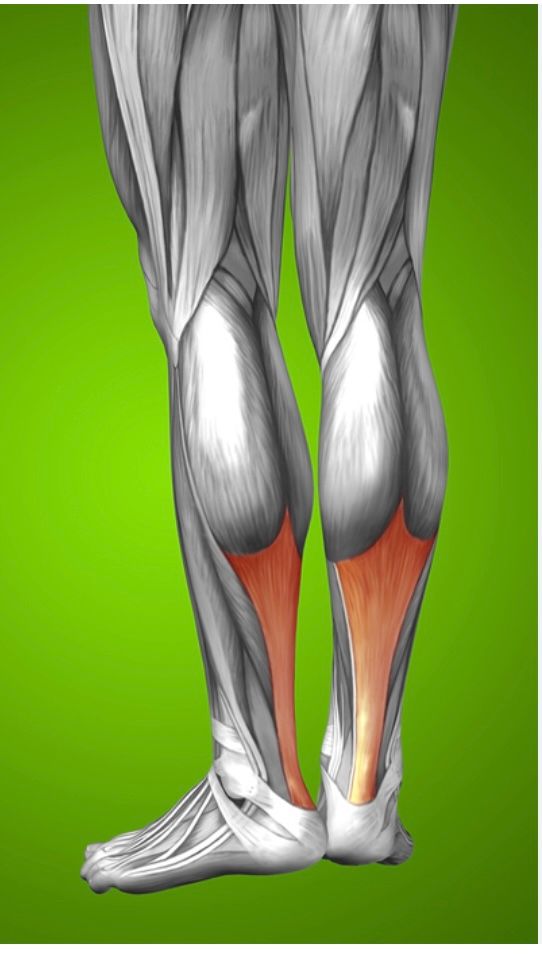
First, the prolonged RICE protocol is very flawed - it’s terrible. If you are working with someone who is telling you to do this over a period of weeks please go somewhere else. I seriously mean that. There is truly no science behind it. Rest. Ice. Compression. Elevation. I know you’ve heard of it. You receive this from the Doctor whenever you get injured. I can tell you for the Achilles tendon or other tendinopathy this is not the protocol to use especially if you are playing a sport. Now let me stop and say this.. I am not referring to going back to what you were doing prior to injury. That does not constitute the “loading” I am referring to. There are very proven to work ways to load - we will talk about shortly.
For now, understand this simply point… when you un-load the achilles for periods of time you make the tendon worse. Tendons need load to recover, to improve. If you want to dive into science go check out Dr Keith Barr’s work. He’s been on quite a few podcasts over the years, you can’t miss him. He talks a ton about this.
Whenever I would return to playing basketball I would always get a flare up in the Achilles after weeks of “resting.” It became deconditioned, I would get extremely frustrated and wondered who I needed to see to get it “looked at”. Here’s what I know now - I needed more mechanical load. This mechanical load produces collagen and thus strengthens the tissue.
Second, exploring movement in my heel has been an absolute game changer. If you have high arches, are springy and reactive in your sports and you struggle with nagging Achilles tendon pain this point is really going to help you. From a function perspective there has been nothing that has moved the needle more for my Achilles. If your heels are “stuck” you need to provide them an opportunity to invert (move toward the midline) & evert (move away from the midline). I am not saying a lot of movement, it’s marginal. But for pain’s sake this marginal goes a long way!
I have talked about this before, but when we start to drive energy or force into the ground we require a coupling of joint actions to occur. Critical joint actions happen at the foot, one of which is the heel has to move in opposition to the forefoot. There has to be a twisting movement (think of a wet towel). This twisting helps to lengthen the foot, creating an increased surface area for you to produce force. When you have a heel that is stuck & can not evert when you begin to “push” into the ground (mine still struggles) the achilles can’t leverage the reflex and there is too much strain.
Using the pipes & some of the odd novel objects in my gym like the rock bed, bricks & wedges has been crucial. I continue to do this weekly and it will stay in my program. I filmed myself to notice improvements made and noted what worked, what didn’t.

Third, the big three - intensity, time under tension & volume (sets and reps) - can not be approached in a wishy washy fashion. You need to stick to a plan - 3 months. When you scan the literature these three things are not disputed from the “experts”. In your training to health you need to focus on these variables more than anything else. The intensity has to be there, you have to go to the point where it gets difficult. From there you can progress over time. When you get to these points of discomfort you need to stay there, load it under a significant length of time. This is not a 1 set type of deal. This is more like 2-3 sets 2-3 times per week… in some cases this can be daily. The volume has to be there.
One thing I want to leave you with here on this point - a difference between stiffness and compliance. Think of pogo jumps where you are bouncing off the ground as stiff as possible vs. deep tier jumps where you are allowing yourself to yield or comply with the ground (you are working with it rather than against it). Both are important in your protocol, but note that early on in your program you need to work a lot more in the compliance realm. Exercises where you are not overcoming, but yielding. Slow eccentric calf raises, slow eccentric lunges, some deep tier plyometrics, etc..
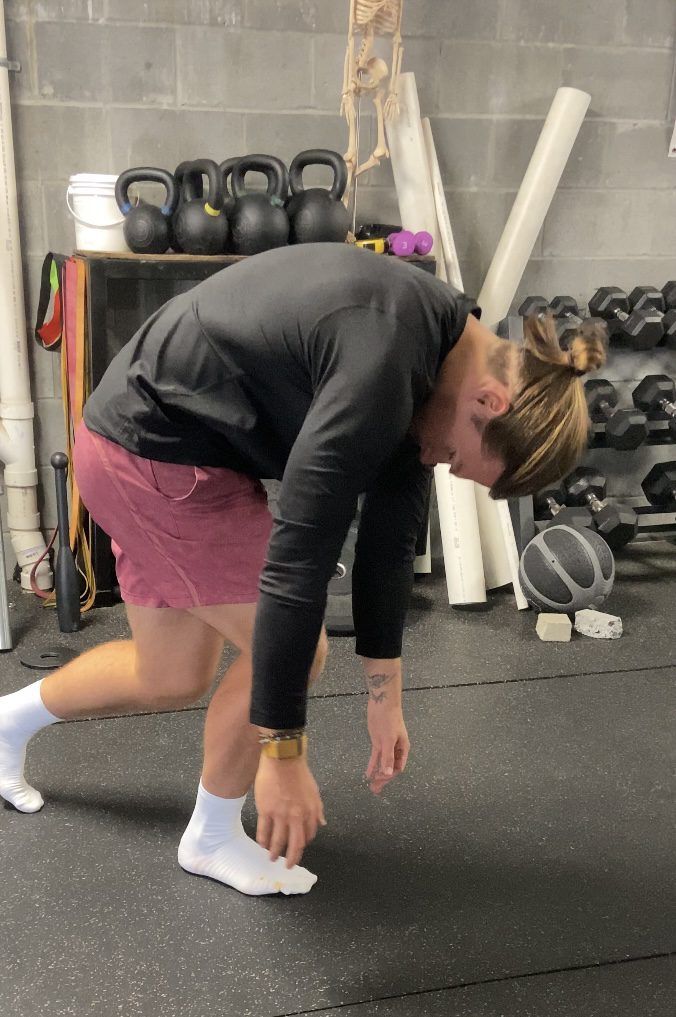
Fourth, incorporating more delayed knee extension based exercises in my training improved my Achilles. One of my favorite ones that I do weekly - David Grey’s slouch (image above). Why does this matter. It matters because the delayed knee extension keeps loading on the Achilles. Remember what we said earlier… there needs to be load to make improvement. If you look at the image above you can see that the foot is in a dorsiflexed position. In this position the Achilles is stretched. When you plantar flex your foot (pointing the toe down) the Achilles is not stretched because the heel is coming up… no load there. Therefore not the most beneficial in your recovery especially in the early parts.
Achilles tendon relief can occur when the soleus is strengthened. The soleus is the deep calf muscle located underneath the gastroc, in connection with the gastroc connecting to form the Achilles. This muscle gets really stimulated with delayed knee extension.
Fifth, to fully get back to sport you need more than isometrics. This has been the last piece of the puzzle for me. Isometrics are great, but there needs to be some eccentric strengthening where you get to failure & plyometrics. It is really difficult to get to failure in an Achilles isometric. Compare that with slow eccentrics where you are getting a stretch- you can really load these up for 6-8 reps and the Achilles is on fire.
Athletes who are fast or “quick twitch” have Achilles that are super stiff, perhaps at more risk for problems. This is why before you go back to sport to your activity you really need to find ways to do these high load eccentrics as well as your field or court work! You can’t just go isometrics for a month or two and call it good. I know this because I did this protocol multiple times and I always came back to sport with a flare up in due time.
🗣️: If you are looking to take the guesswork out of your training and have athletic goals coming up in 2026 this I’d highly recommend my online program, The Foundational Athlete (TFA). This program was built from years of experience keeping concepts like what I have shared today in mind. No matter what sport or how old you are the program holds tremendous value 🤝
TFA is being offered with a ONE WEEK FREE TRIAL. If you sign up & aren’t liking what you see (we are confident that will not be the case!) just cancel it before the week is over and you won’t be billed. Seriously, what’s the harm in that? To learn more you can click below! I’d love for you to be a part of the LAD Performance team & hear more about your performance goals this year.
Do you know someone else who would love this email info?

